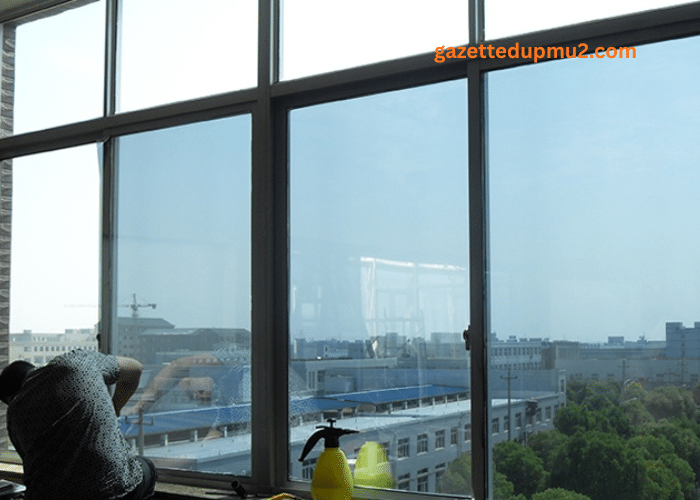Proper personal protective equipment (PPE) is crucial for workplace safety. However, even the best PPE is useless if workers do not understand when and how to use it properly. Clear, concise, and visually engaging signage is key to educating employees about PPE policies and procedures. Follow these tips to create more effective safety signs regarding PPE in your workplace.
Use Simple Language and Define Abbreviations
The language on PPE signs should be simple, direct, and easy to understand. Avoid using complex words or industry jargon that could confuse readers. Spell out abbreviations on first use – for example, “personal protective equipment (PPE)” – and then use the abbreviation. This helps ensure comprehension.
Include Clear Images and Icons
They say a picture is worth a thousand words. When it comes to PPE signage, visuals are invaluable for demonstrating proper equipment usage. Simple images or icons quickly communicate what type of PPE is required in different areas or for specific tasks. Use pictures of workers properly wearing the right protective gear. Images are also universally understood across languages.
Highlight Key Information with Colour
Strategic use of colour can draw attention to important messages on PPE signs. Bold colours contrast with the background to highlight key words, phrases, or images. Coloured borders can also help key information stand out. Make sure to use colours that align with industry standards – for example, red for danger areas. Consistent colour coding across all signage creates visual connections.
Use Multiple Sign Types and Locations
Different sign types placed in multiple locations will reinforce PPE messaging. Post detailed signs describing company policies at entrances alongside required PPE. Use wall signs outside high-risk areas to remind workers to don protective gear. Place floor markings with footprint icons showing where to stand and which PPE is mandatory. Use hanging or rotating signs above work zones. Varied sign types and locations ensure workers see reminders regularly.
Review and Update Signage Regularly
PPE policies and equipment may change over time, so signage needs regular review and updating. Assign someone to audit signs monthly and replace outdated or damaged ones. When new PPE is introduced, add corresponding signs immediately so workers know how to use it properly. Dated signs imply out-of-touch policies – fresh signage shows safety is a priority.
Involve Workers in Design and Placement
Who knows better what signage workers need than the workers themselves? Include employees when brainstorming content and design of new PPE signs. Ask for input on the best locations to reach the most people. Workers who help create signs will be more invested in paying attention to the messages.
Consider Multilingual Signs
For multilingual workforces, translate key PPE signage into the languages spoken at your workplace. At a minimum, post vital signs in the company’s official language as well as the next most common language. Or, use icons and images to make signs universally comprehensible regardless of language. Inclusive signage ensures all workers understand PPE protocols.
Proper use of PPE is essential for workplace safety. Following these best practices for signage content, design and placement will help educate all employees on when and how to use protective equipment correctly. Improved signage clarity leads to greater compliance with PPE standards, creating a safer work environment for everyone.





